Score breakdown
Things we like
- Punchy powertrain
- Swoopy styling
- Much more playful to drive than regular EVs
Not so much
- Fake gearshifts slow you down
- Handling a little too tail happy at times
- Fake engine noise may not appeal to some
UPDATE, December 2022: RN22e driven in Australia for the first time
Following the global unveiling and world-first drive in September, we’ve now driven the mean Hyundai RN22e racing concept right here on Australian soil at The Bend – the world’s second-longest full-time racing circuit.
Lucky for us, Hyundai had flown the RN22e in as part of its annual N Festival celebrations. Along with having its rabid N-owning fans there, Hyundai invited us along too.
We’ll let Angus’s existing review below give you the impressions in written form, but right here you’ll find Daniel Gardner’s video review from The Bend. As you’ll see… he’s really into it.
What do you think of the RN22e? Tell us in the comments – but not before you read Angus’s review from September, right below our video.
September 2022: RN22e world-first drive, in Europe
“It’s not just a technology demonstrator. We want to send out the message that there’s an optimistic future. We think we can deliver an exciting product in terms of EV performance.”
It has 430kW and 740Nm, all-wheel drive, and looks ready for a hot lap of Mount Panorama. But to the engineers at Hyundai’s N brand and motorsport division, the Hyundai RN22e has been designed and engineered to test hardware and software that will see duty not just on the racetrack in 2023, but also in Hyundai’s first high-performance electric vehicle, the forthcoming IONIQ 5 N.
The RN22e is, of course, based on the swoopy new IONIQ 6 sedan that’s expected to go on sale in Australia in the first half of 2023.
When the race version of the IONIQ 6 hits the track in Europe’s eTouring Car World Cup next season, it will mark the competition debut of Hyundai’s E-GMP electric vehicle architecture and will be the first car in the all-electric race series based on a vehicle designed from the wheels up to be powered by electricity.
More interesting to most of us, though, is what the RN22e says about Hyundai’s approach to building high-performance electric road cars.

Best Electric Cars Under $65k: Affordable EVs Rated
Welcome to part one of three price-based EV buying guides, this one focused on the most affordable electric cars available in Australia today
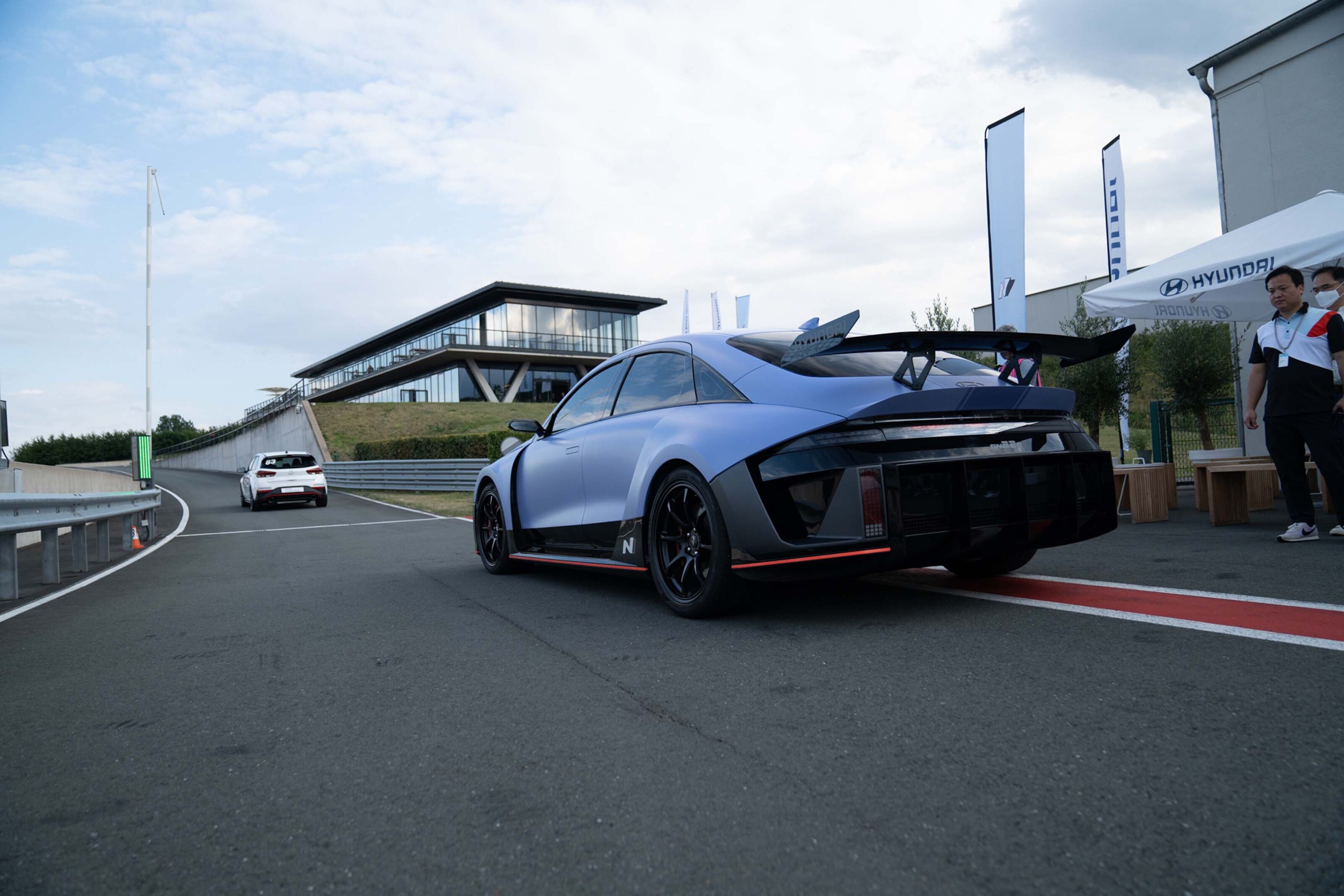
“It’s not just a design exercise,” says N brand’s Jae Keun Yoo of the muscular RN22e.
“It’s not just a technology demonstrator. We want to send out the message that there’s an optimistic future. We think we can deliver an exciting product in terms of EV performance.”
The spec sheet certainly looks promising. The RN22e’s 430kW, 740Nm dual-motor powertrain is fed by a 77.4kWh battery, the same capacity as used in long-range E-GMP road cars.
Output between the two e-motors is asymmetrical, with the rear unit producing 270kW and the front chipping in 160kW. Hyundai says the motors now spin to more than 20,000rpm – up from 15,000rpm – to deliver a higher top speed.
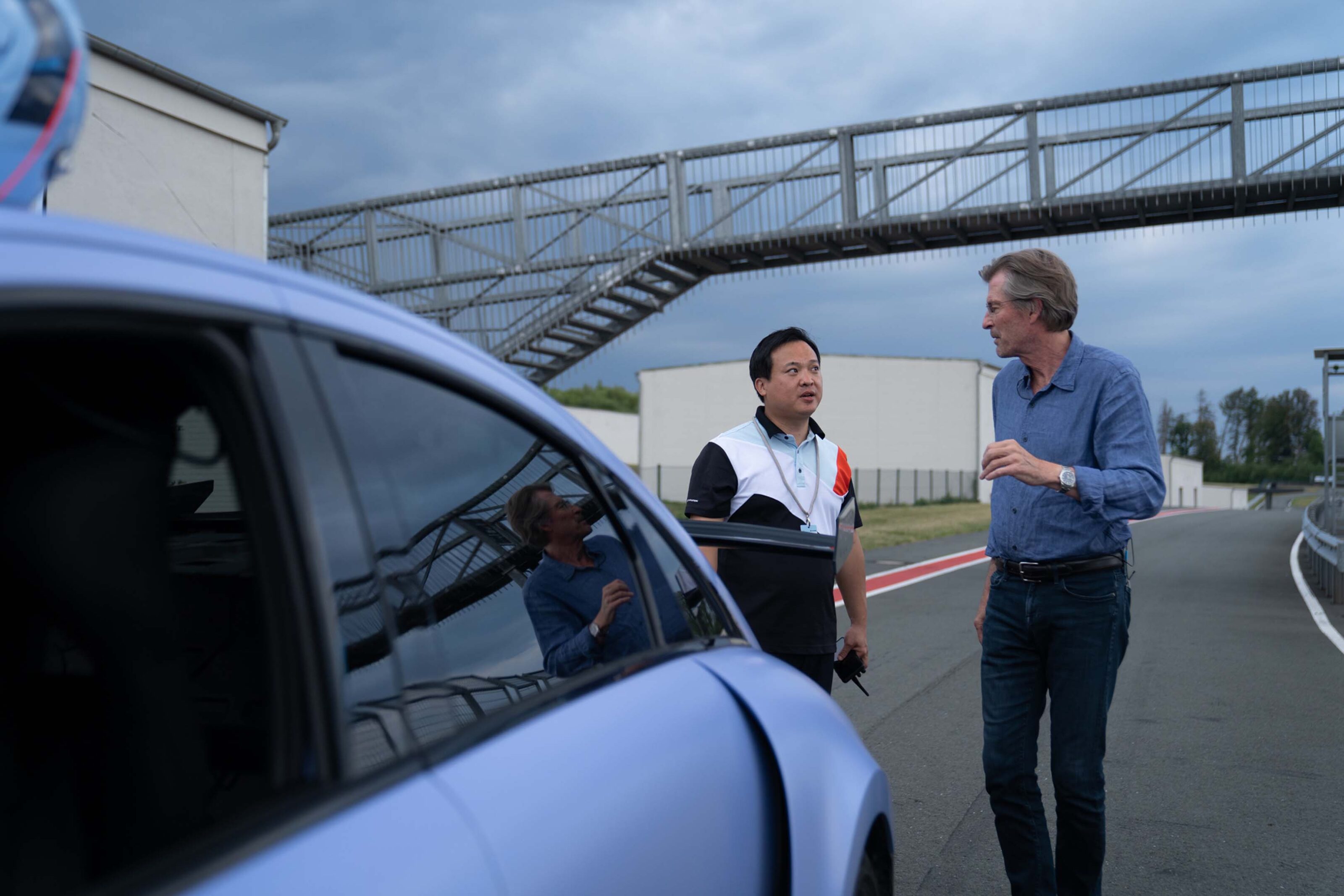
A battery conditioning system raises the battery temperature to the optimal level to maximise performance before track driving, then lowers it to enable fast charging using the E-GMP’s 800V architecture.
To help make the thermal management of the battery even more efficient, the electric motor and battery have independent cooling systems, both fed by the wider intake at the front of the car.
Power distribution technology already available in E-GMP-based Hyundais has been further developed, using experience gained from Hyundai’s World Rally Cars, to enable faster switching between all-wheel drive and rear-wheel drive.
There’s also a torque vectoring system on the rear motor that uses clutches to individually adjust torque distribution to the left and right rear wheels.
With all that focus on the rear axle, it’s no surprise that the RN22e feels decidedly tail happy the first time you get behind the wheel. Lift off the accelerator on corner entry and the rear end immediately starts to come around. Get on the power midway through a fast sweeper and it’s the same story.
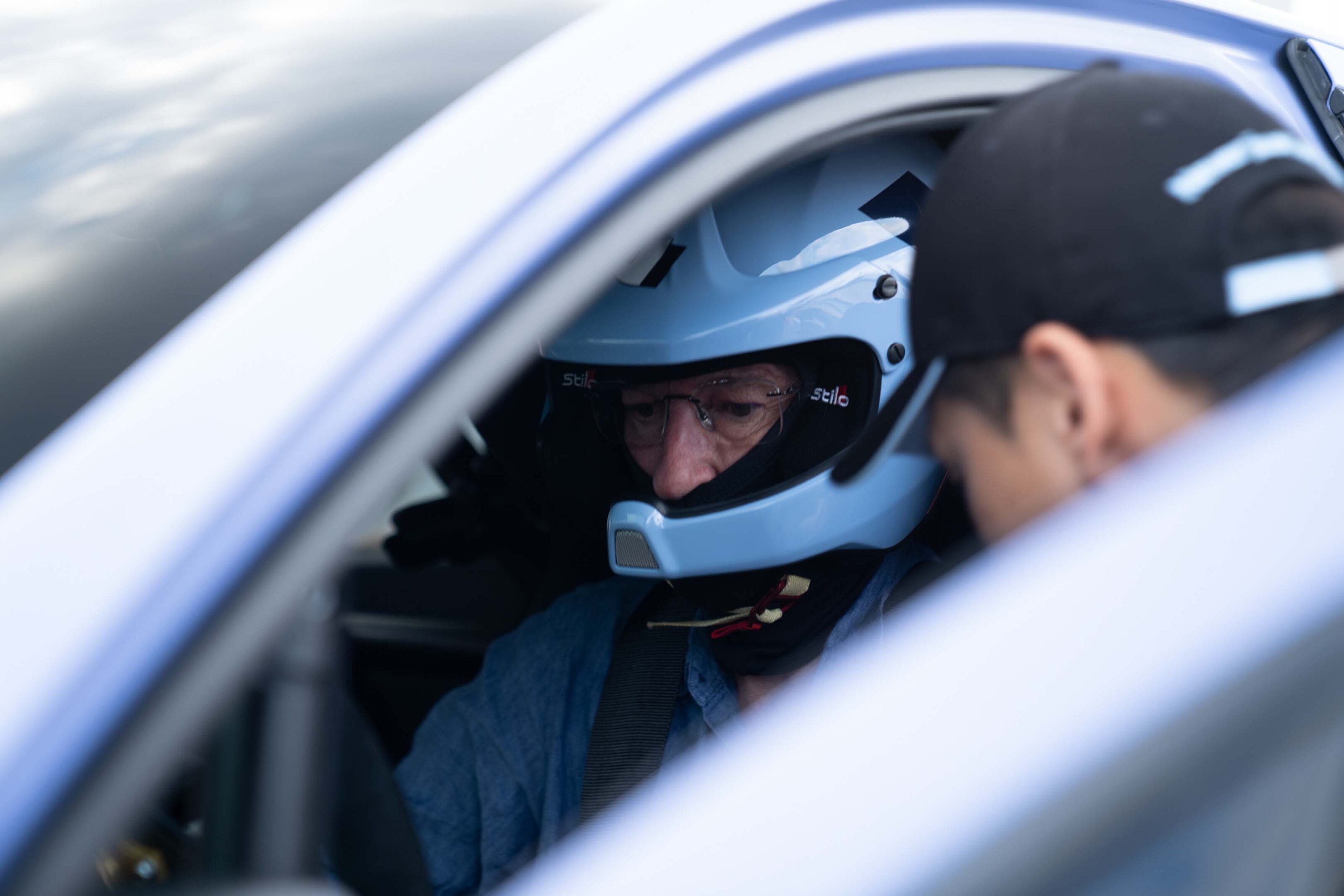
With all that focus on the rear axle it’s no surprise that the RN22e feels decidedly tail happy the first time you get behind the wheel.
Fortunately, the chassis clearly communicates its intentions, and it doesn’t take long to get used to using the prompt lift-off rotation to get the Hyundai into the corners, and then using the accelerator to control the slip angles through them.
Of course, oversteer everywhere is not the fastest way around a racetrack and engineers on the RN22e project admit that if you want to chase the ultimate lap time a more balanced, higher grip chassis set-up is only a software tweak away. But the RN22e has been deliberately set up to be a show-off drift king, to prove that an EV can make you smile behind the wheel.
In an era when many EVs feel stolidly one-dimensional in terms of their dynamics, the RN22e’s chassis is remarkably receptive to driver inputs.
We found that in its most aggressive setting, the adjustable regenerative braking helped load the front axle on lift-off and initiate rotation on turn-in.
Selecting lower regen allowed for more nuanced adjustments with the accelerator, making the car feel more balanced through fast corners.
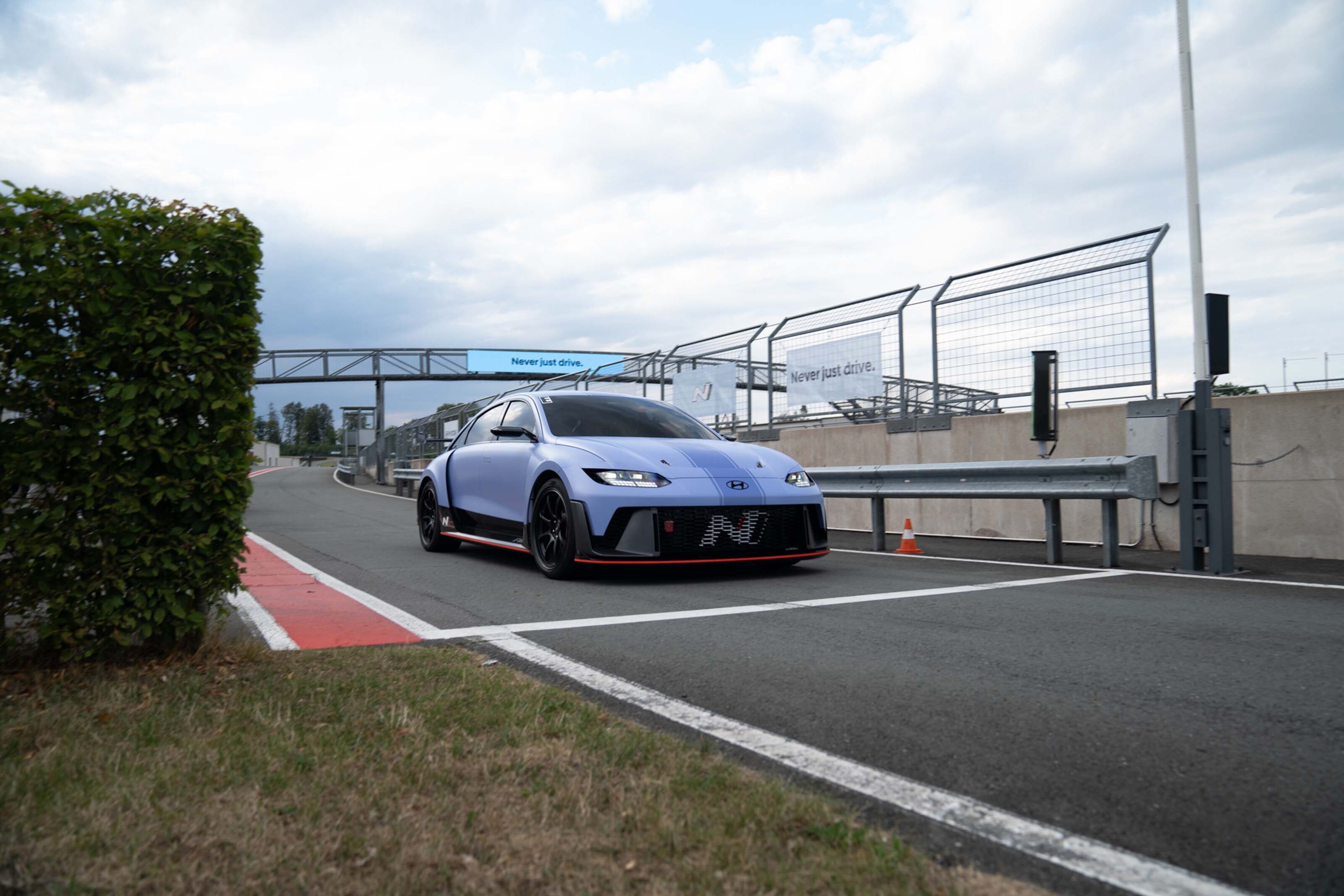
The corollary of that, of course, is you tend to work the brakes harder. To cope, the RN22e uses high-performance friction material pads in four-piston monobloc calipers that clamp 400mm rotors front and rear.
It stops well, with decently consistent feel and good stability. N engineers say they’re still working on the regen braking technology to optimise it further so drivers can attack corners faster and more aggressively.
N boss Till Wartenberg says high performance emotionalises cars and people, but he admits making an electric vehicle as emotional as an ICE high-performance vehicle is a challenge.
Which is why the RN22e has a simulated gearshift mode and simulated engine noise, which is played through both internal and external speakers. From behind the wheel, the engine noise is surprisingly convincing, rising and falling in conjunction with the fake gear shifts, which are actuated via paddles just as they would be in a conventional ICE car with a dual-clutch transmission.
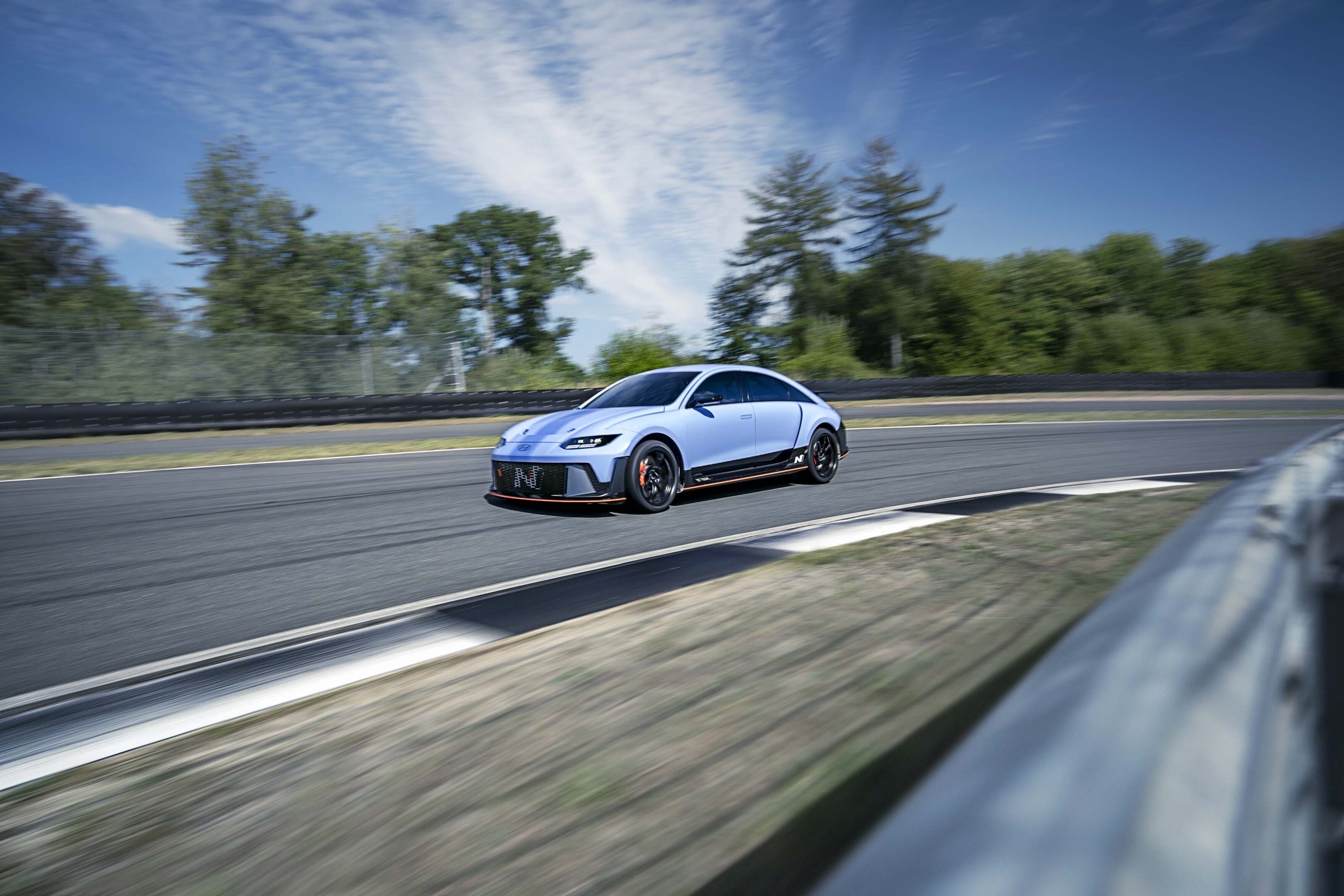
The simulated gearshift mode doesn’t make you go faster. In fact, it’s slower on the track, not least because the power and torque outputs from e-motors are cut to give the sensation that you’re shifting gears. But it does feel reasonably realistic, and you do have to pay attention to shift points to be as quick as possible, just as you do in a real DCT car.
Of course, fake gearshifts and fake engine noise are gimmicks. But you could argue they are perhaps no more of a gimmick than putting a clutch pedal and seven-speed manual transmission in a Porsche 911 when the faster, smoother, more efficient PDK dual-clutch transmission is demonstrably the better option for ultimate performance.
The point is that fake shifts and fake noise are meant to be fun, and they unquestionably increase engagement for drivers who want sound with the fury that comes from a big power, high-torque EV.
Which is why Hyundai plans to have both technologies available on the IONIQ 5 N.
MORE: 2023 IONIQ 6 review
Hyundai’s “electrified streamliner” packs a punch, but in a bit of a heavyweight way. Unlike the RN22e, this is a car you’ll actually be able to buy in Australia next year. So let’s see how it goes. Review at the link below.
Score breakdown
Things we like
- Punchy powertrain
- Swoopy styling
- Much more playful to drive than regular EVs
Not so much
- Fake gearshifts slow you down
- Handling a little too tail happy at times
- Fake engine noise may not appeal to some
We recommend
-
 Reviews
ReviewsHyundai N Vision 74 review: Concept drive
It's not often we get to drive a retro-futuristic show car, let alone on track – but could you imagine saying no to this one?
-
 Reviews
Reviews2023 Hyundai IONIQ 6 pre-production review
Our first drive in a fully disguised IONIQ 6 highlights the evolution of Hyundai’s all-electric family
-
 News
NewsNew car calendar 2026: All the new cars coming to Australia next year
Here’s the WhichCar by Wheels guide to all the new cars that will launch in Australia in 2026. Check back in regularly for updates...






